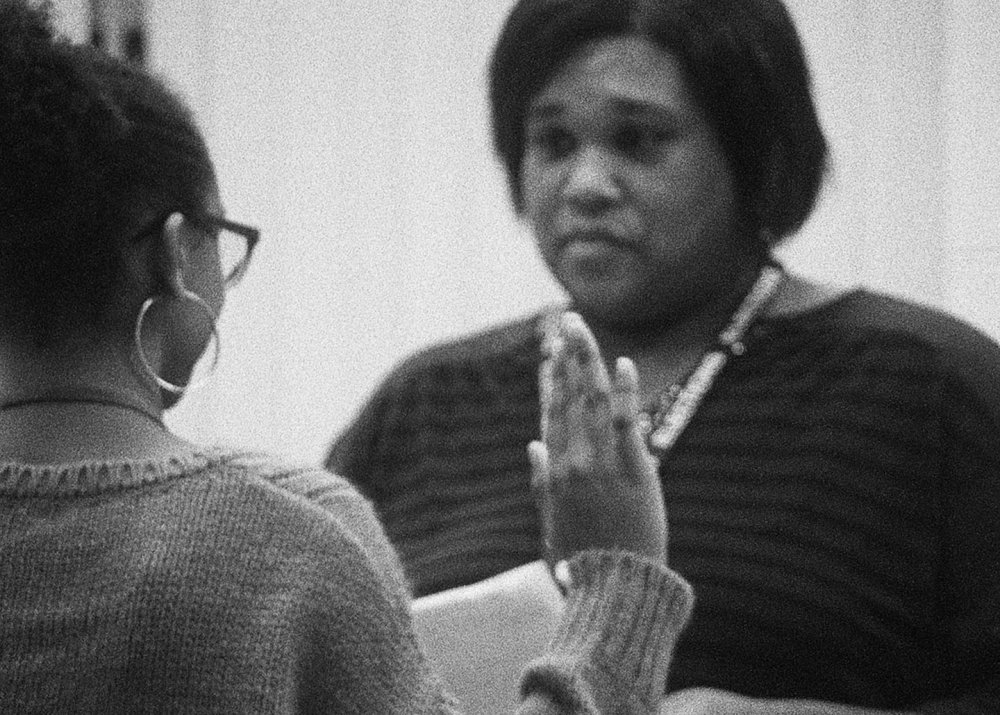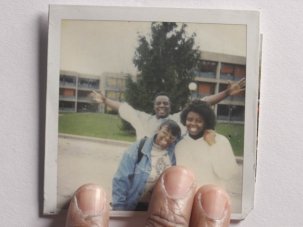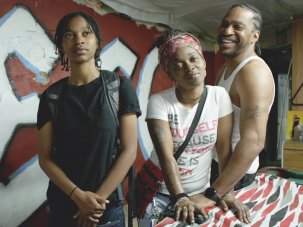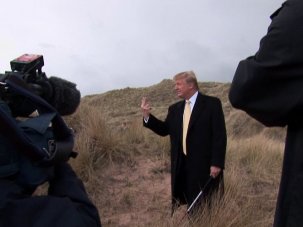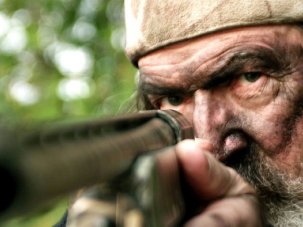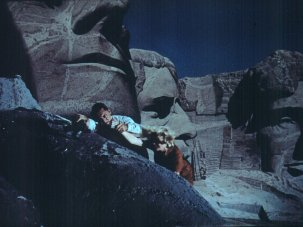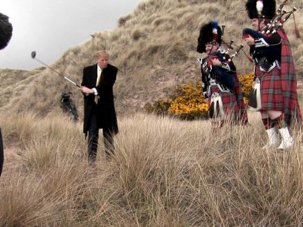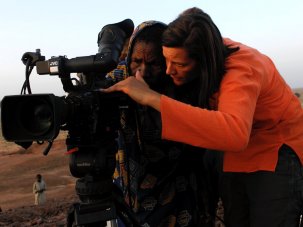Art can be at its most powerful when a modest idea comes to signify a seismic shift, while retaining the integrity of its original intention. Tonsler Park, by artist and filmmaker Kevin Jerome Everson, which screens in the BFI London Film Festival on Thursday 5 October, is a film about the day that Donald Trump was unexpectedly elected as US President. It was shot in four different polling stations in Charlottesville, Virginia, one of them being Tonsler Park, an African-American neighbourhood that was named after Benjamin Tonsler, a local black school director who continued to teach African-American pupils during segregation. The film opens with the mainly African-American public officials swearing the oath of allegiance, part of their duty being “to prevent fraud, deceit and abuse”. Importantly, the film puts African-American people to the fore in a democratic process that has systematically sought to exclude them.
Tonsler Park screens at the BFI London Film Festival on 5 October 2017
Kevin Jerome Everson: So I Can Get them Told is at Tate Modern 29 September-1 October 2017
At the time of filming an election, the outcome is unknown, and on this occasion, the result was a great shock. This timeshift of awareness gives the film a palpable irony. Instead of being another film in Everson’s oeuvre that focuses on the processes and practices of everyday life for black Americans, Tonsler Park has acquired a level of monumentality. This most unpretentious of filmmakers, who is also a professor of art at the University of Virginia, in Charlottesville, may well be uncomfortable with that status.
A prolific filmmaker, Everson has made nine feature-length works and many shorter pieces. He is also a painter, sculptor and photographer, and the influences of the disciplines specific to these media can be found in the way he forms and structures his filmmaking in time and space. This year he has a retrospective at Tate Modern coming just a week prior to the UK premiere of Tonsler Park.
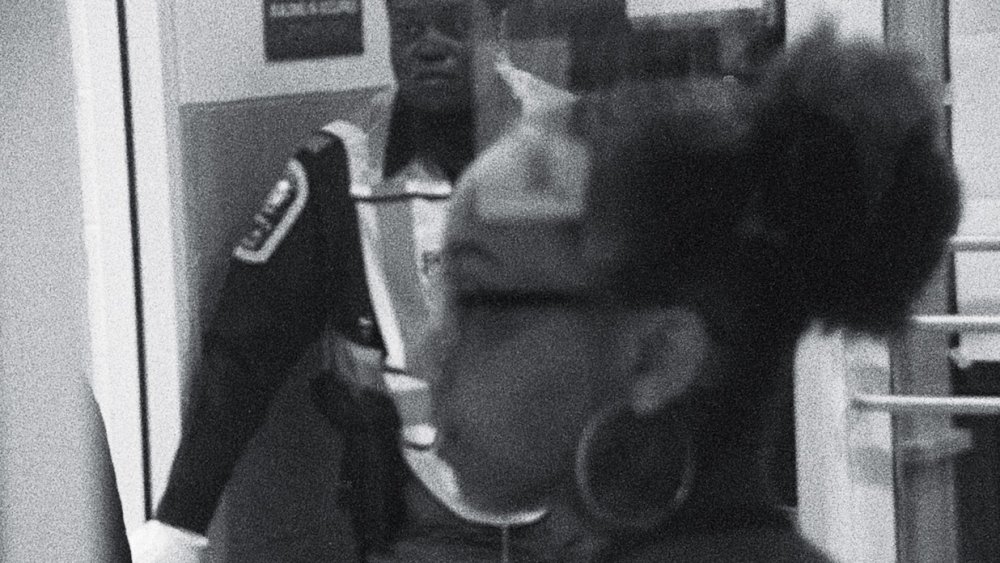
Watching the film now, we also remember Charlottesville for the Unite the Right rally in August, its tumultuous aftermath and Trump’s astounding refusal to condemn the white supremacist violence. These world-shaking events seem a million miles from the Charlottesville of the film, in which ordinary people mill around the polling station amid the reassuring buzz of chatter as instructions are explained and questions answered.
It is easy, and valuable, to see Tonsler Park as an observational documentary, and you certainly feel that you are seeing people going about their everyday lives – but as an artist Everson is as much interested in form and process as he is content. He draws together formalist concerns for duration, framing and materiality with a desire to represent everyday life in African-American working-class communities.
Everson’s films often operate on a duality of scale. On the one hand, they are concerned with the matters of everyday life, particularly work, and on the other, a whole social and economic history. The gestures, words and actions of his characters allude to the complex networks of factors that have led to African-Americans occupying particular places and roles within US society. He makes it clear that racial, sexual and class identities have a massive impact on the position and choices available. However, Everson shows that the same gestures, words and actions exude resistance, persistence and humour.
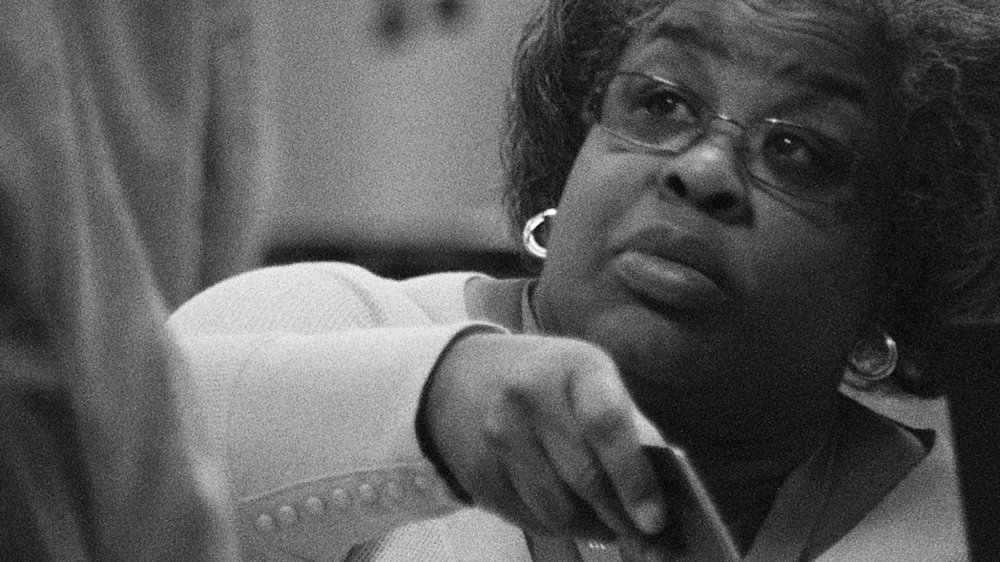
His 16mm black-and-white camerawork in Tonsler Park is sculptural in effect, with the camera reacting to the movement of people. Our perspective is constantly shifting as voters come and go. They obscure our view of the officials and for a few moments the film appears abstract, dark shapes with blurred edges fill the frame and the comfort of representation is taken from us. We become conscious of ourselves watching a film, but not for too long. Recognisable human presence quickly returns as the voter passes by.
The film makes it easy to share his lingering look into the world of people at work. You can’t help but feel you are getting to know these people, to think about who they are, what they had for breakfast and what time they will get home at night. Like the working day, the film sometimes feel slow, but then there is a rush of activity. Actions repeat themselves until the toil of the day is done. Everything appears regular and normal; but as we watch we now know what the people in the film didn’t, that this is a day like no other.
Who can be sure, but maybe Everson realised what was going to happen after that election day. That he understood its tragic consequences for the people of Charlottesville and across America; specifically, here, for these dedicated African-American citizens who diligently carried out their democratic responsibility. He clearly has a skill for identifying poignant moments but it can’t be a coincidence that the final shot is of a young woman waiting to be sworn in as an electoral page. She stands ominously below a terrifying Halloween poster.
Read more about Kevin Jerome Everson in our October 2017 issue
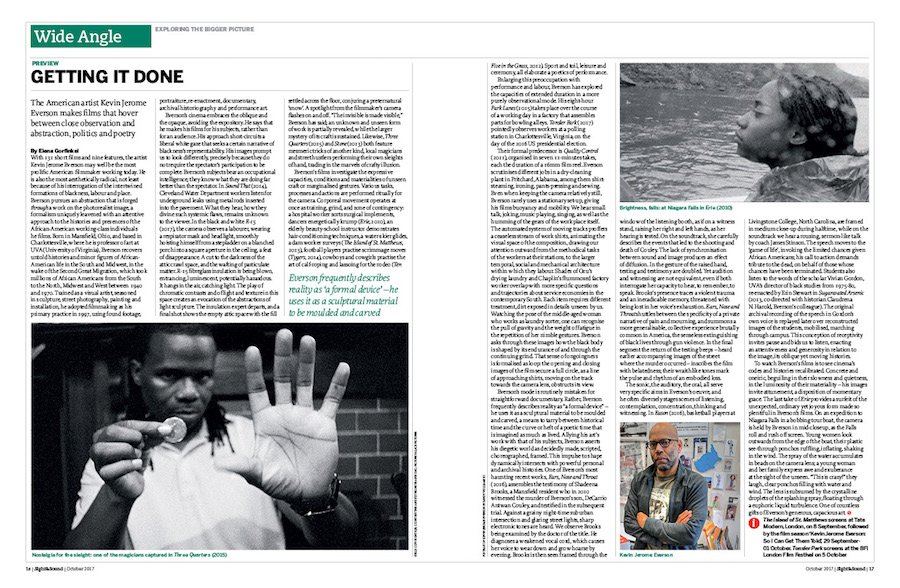
Wide angle: Getting it done
The American artist Kevin Jerome Everson makes films that hover between close observation and abstraction, politics and poetry. By Elena Gorfinkel.
-
BFI London Film Festival 2017 – all our coverage

Follow all our coverage of the 61st London Film Festival, including reviews of the top films, interviews with their makers and blog posts from our...
-
The Digital Edition and Archive quick link
Log in here to your digital edition and archive subscription, take a look at the packages on offer and buy a subscription.




